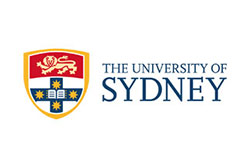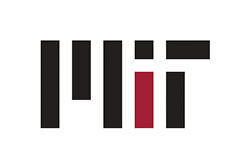Bus bunching affects transit operations by increasing passenger waiting times and its variability. This work proposes a new mathematical programming model to control vehicles operating on a transit corridor minimizing total delays. The model can handle a heterogeneous fleet of vehicles with different capacities without using binary variables, which make solution times compatible with real-time requirements. Two control policies are studied within a rolling horizon framework: (i) vehicle holding (HRT), which can be applied at any stop and (ii) holding combined with boarding limits (HBLRT), in which the number of boarding passengers at any stop can be limited in order to increase operational speed. Both strategies are evaluated in a simulation environment under different operational conditions. The results show that HBLRT and HRT outperform other benchmark control strategies in all scenarios, with savings of excess waiting time of up to 77% and very low variability in performance. HBLRT shows significant benefits in relation to HRT only under short headway operation and high passenger demand. Moreover, our results suggest implementing boarding limits only when the next arriving vehicle is nearby. Interestingly, in these cases HBLRT not only reduces an extra 6.3% the expected waiting time in comparison with HRT, but also outperforms other control schemes in terms of comfort and reliability to both passengers and operators. To passengers HBLRT provide a more balanced load factor across vehicles yielding a more comfortable experience. To operators the use of boarding limits speed up vehicles reducing the average cycle time and its variability, which is key for a smooth operation at terminals.











